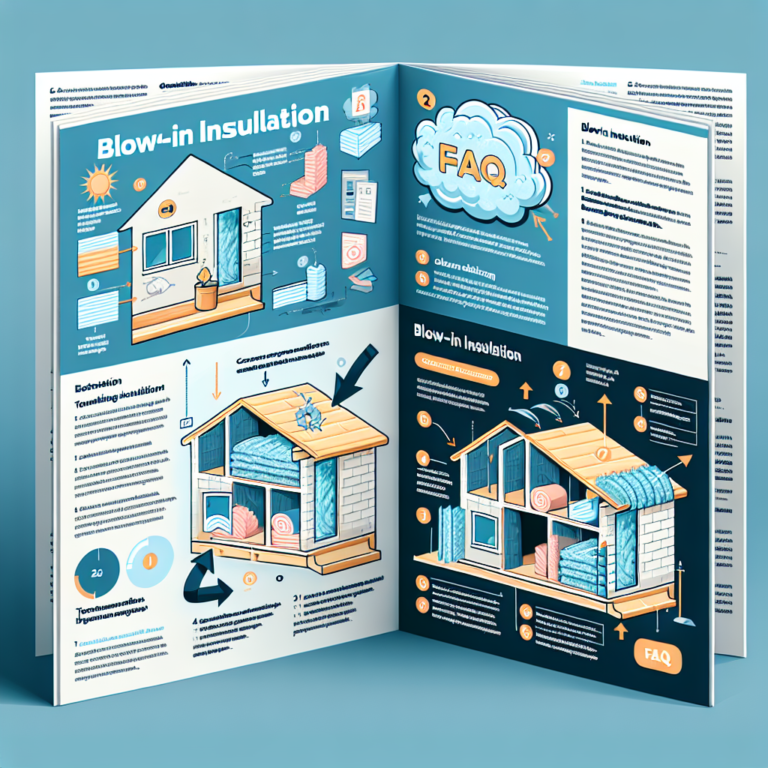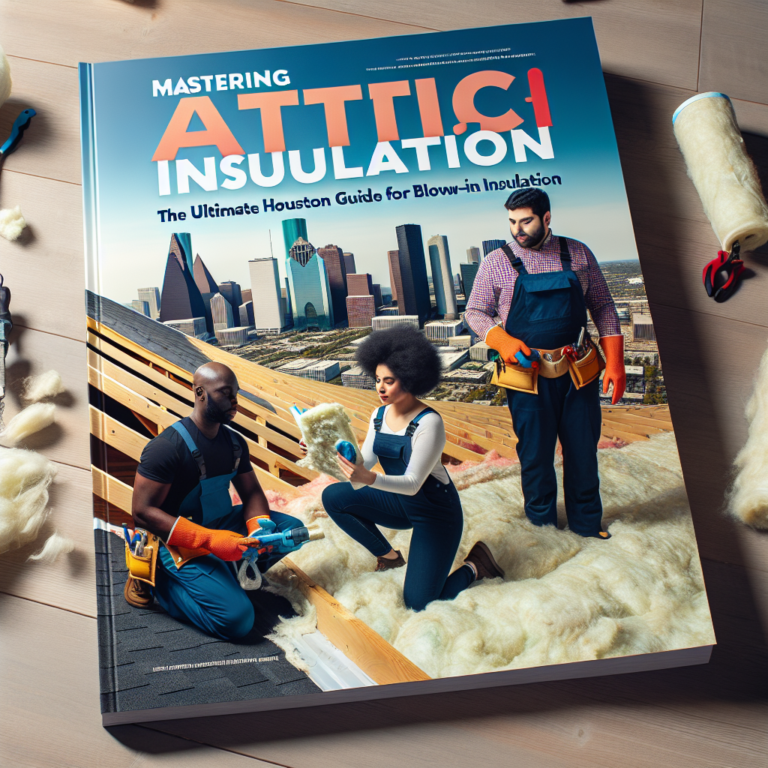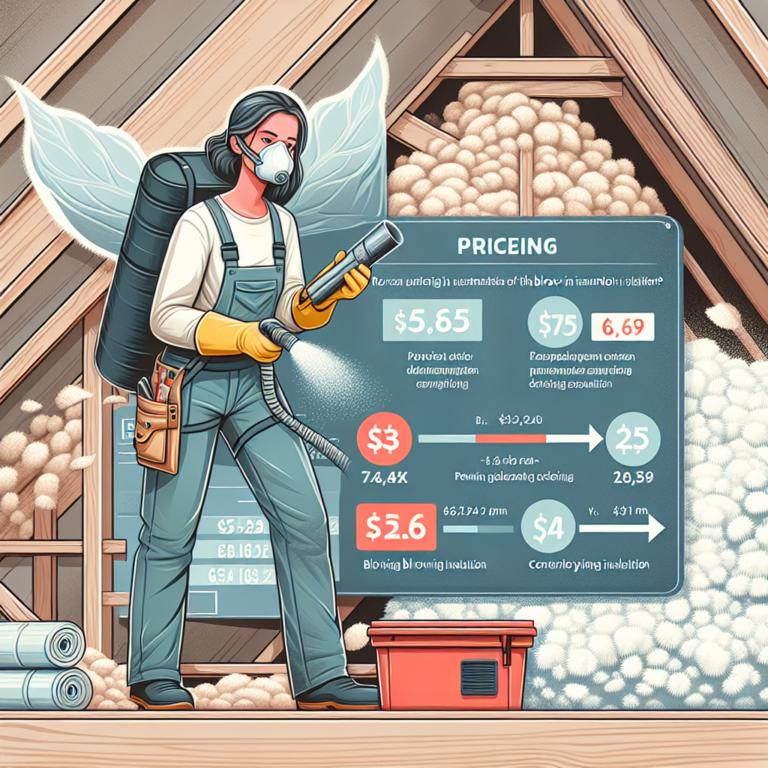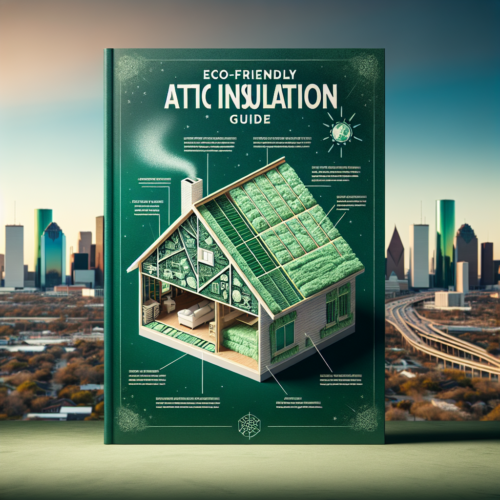Revamp Your Attic: The Ultimate Houston Insulation Guide
Introduction
Sweating through another sweltering Houston summer? Your attic could be the secret culprit driving up energy bills and stressing your air conditioner. Blown-in insulation offers a fast, effective solution to seal heat out and keep cool air in. In this guide, we’ll explore how blown-in insulation transforms your attic into an energy-saving powerhouse, what it costs, and how to maximize its performance in Houston’s unique climate.
H2: Why Choose Blown-In Insulation for Houston Homes
Blown-in insulation has skyrocketed in popularity among Houston homeowners for good reason:
– Complete Coverage: Unlike batt insulation that can leave gaps around joists and obstacles, blown-in insulation flows into every nook and cranny, creating an uninterrupted thermal barrier.
– Superior R-Value: With an R-value between R-3.2 and R-3.8 per inch, cellulose blown-in insulation often outperforms fiberglass batts. Achieving a recommended R-38 to R-60 in your attic means fewer heat gains in summer and less heat loss in winter.
– Air-Sealing Benefits: Tiny cracks around vents, pipes and wiring allow conditioned air to escape. Blown-in insulation fills these gaps, reducing drafts and stabilizing indoor temperatures.
– Moisture Resistance: Houston’s humidity can breed mold and rot if moisture penetrates attic spaces. Many blown-in products are treated to resist moisture, helping protect roof decking and framing.
– Environmentally Friendly: Cellulose insulation is often made from recycled newsprint treated with fire retardants. Choosing it reduces landfill waste and lowers your home’s carbon footprint.
– Quick Installation: A professional crew can insulate a typical attic in just a few hours, minimizing disruption and getting you back to comfort sooner.
H2: How to Estimate Costs for Blown-In Insulation
Budgeting for blown-in insulation starts with a few simple steps:
1. Measure Your Attic Size
– Length × width = square footage. A 20′ × 30′ attic is 600 ft².
2. Determine Your R-Value Target
– Houston’s energy code recommends R-38 to R-60. If your current insulation is R-19, you’ll need to add 8–12 inches of blown-in material to reach R-38.
3. Calculate Material Costs
– Fiberglass blown-in averages $0.60 per ft² for R-38.
– Cellulose blown-in averages $1.30 per ft² for R-38.
– For a 600 ft² attic at R-38, expect $360–$780 in materials.
4. Factor in Labor and Equipment
– Professional installation ranges from $0.50 to $1.00 per ft². In our example, that’s $300–$600 for labor.
5. Account for Additional Work
– Removing old insulation, sealing air leaks, or repairing roof vents can add $100 to $500 depending on scope.
A realistic budget for a 600 ft² Houston attic runs from $660 to $1,880, depending on material choice and prep work. Always request multiple quotes and ask contractors to itemize costs.
H2: Maximizing Energy Efficiency with Blown-In Insulation
Blown-in insulation delivers the best return on investment when paired with other attic improvements:
– Air Sealing First: Caulk and foam around attic hatches, exhaust fans, and wiring penetrations before adding insulation. Sealing air leaks can reduce heating and cooling loads by up to 20%.
– Ensure Proper Ventilation: Ridge vents, soffit vents, and intake baffles preserve airflow, preventing moisture buildup and prolonging shingle life.
– Radiant Barrier Addition: In Houston’s intense sun, a reflective radiant barrier on roof decking can cut attic heat gain by 10–15%, synergizing with your insulation layer.
– Regular Inspections: Check insulation depth and condition annually, especially after severe weather. Moisture or pest damage can compromise performance.
A well-sealed, ventilated attic with the right insulation thickness can trim HVAC runtime, lower utility bills, and extend the lifespan of your cooling equipment.
H2: Q&A About Blown-In Insulation
Q: What exactly is blown-in insulation?
A: Also called loose-fill insulation, it’s made of small particles—fiberglass, cellulose, or mineral wool—pneumatically installed to fill cavities and gaps.
Q: How long does installation take?
A: For a standard 600 ft² attic, professional crews can complete the job in 3–5 hours, including prep and cleanup.
Q: Can I install blown-in insulation myself?
A: While DIY kits exist, professional installers have specialized equipment and knowledge to ensure correct depth, coverage, and safety around electrical and plumbing fixtures.
Conclusion
Investing in blown-in insulation is one of the smartest moves for Houston homeowners looking to revamp their attic, cut energy waste, and stay comfortable year-round. By sealing air leaks, choosing the right R-value, and pairing insulation with proper ventilation and radiant barriers, you’ll see immediate savings on utility bills and long-term benefits for your home’s durability. Ready to transform your attic? Contact a trusted insulation contractor today and start reaping the rewards of efficient, hassle-free blown-in insulation.












